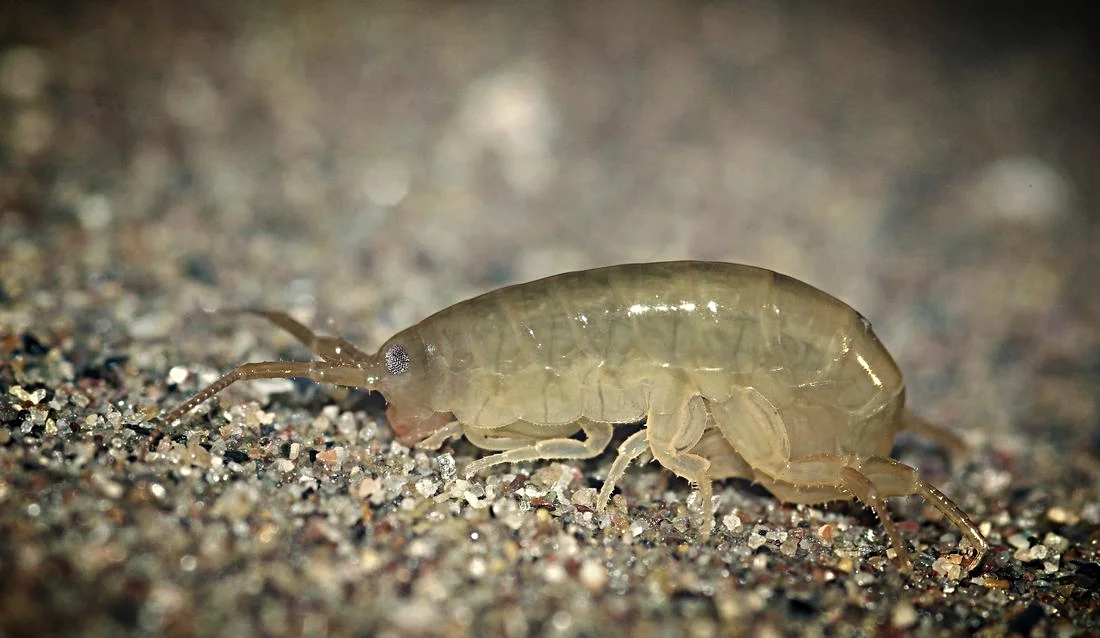Not to bust your summer fun or time on the beach but... our number one bug for the summer is the sand flea. Otherwise known of as a sand hopper, these tiny little creatures are actually crustaceans. Due to their ability to inflict irritating bites, the name "sand flea" is often used to describe a wide variety of insects like midges, biting gnats, flies and your typical flea. With each of these insects, the aftereffects of their bites are similar leaving itchy, red welts that can, well... make for a memorable vacation.
Sand fleas can easily be found on beaches along Atlantic coastal areas and marshes, but can also be found in the desert as well. Before you get too worried relax because truth is sand fleas will never really come home with you from vacation. Unlike bed bugs, they prefer their ocean view habitat. Now, before you get too relaxed know that the female sand flea has the ability to burrow under your skin to lay her eggs
How ToAvoid Sand Fleas
- Sand fleas typically feed in the early morning and late afternoon so, avoid the beach during those times. I know, right?
- Avoid placing your towel (or blanket) right on the sand. Make use of folding beach chairs and lounges instead. (Ladies, here is a great selling point for the hubby for renting one.)
- I would say wear close-toed shoes but, then why walk the beach to begin? Sand fleas can't jump that high so... your call.
- Spray on some insect repellent if you do end up getting bit - it is the most effective prevention.
- Avoid areas with seaweed since this is where they can usually be found feeding.
What To Do When Bitten
According to the National Institute of Health, if bitten by sand fleas avoid scratching. While extremely rare for the female to deposit her eggs in your skin, look after bites and if you find a black center to one consult your physician immediately.






